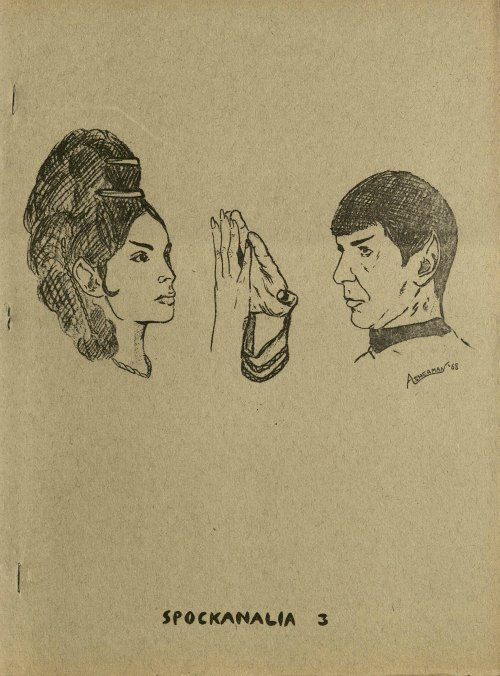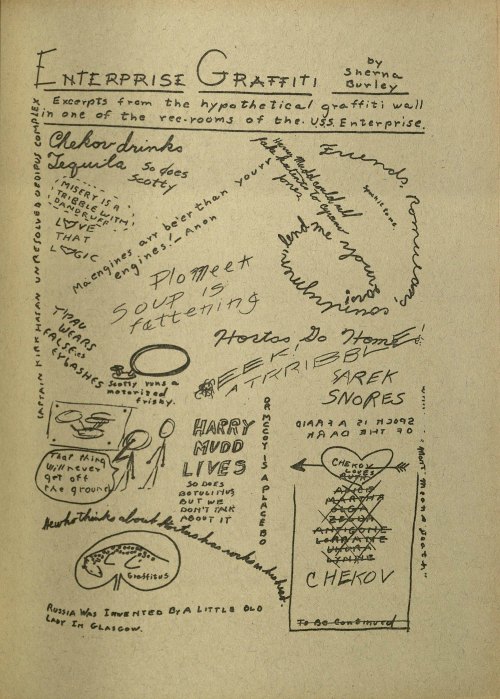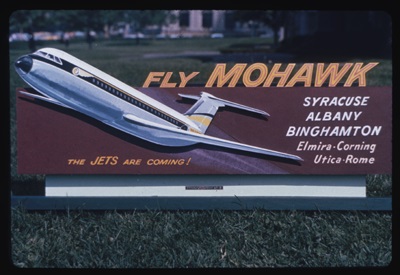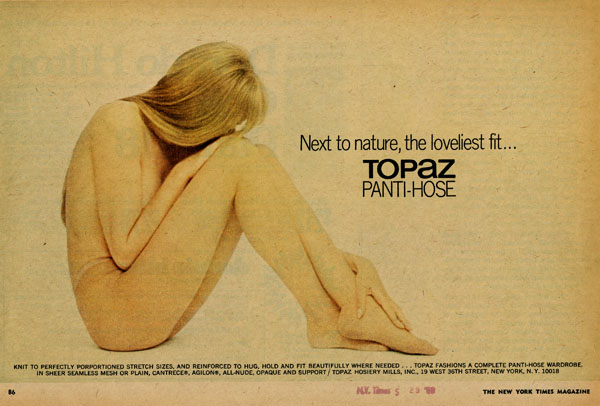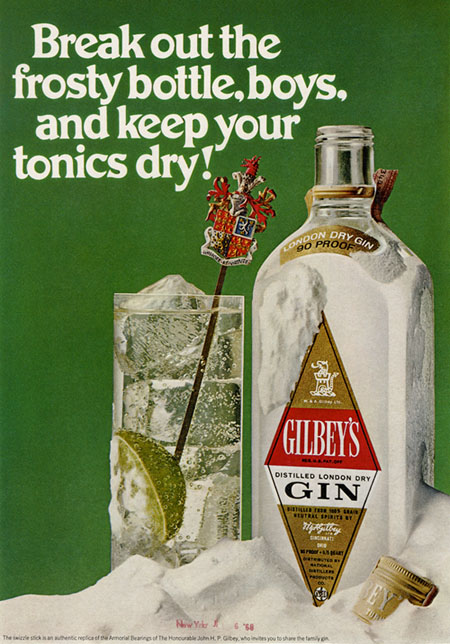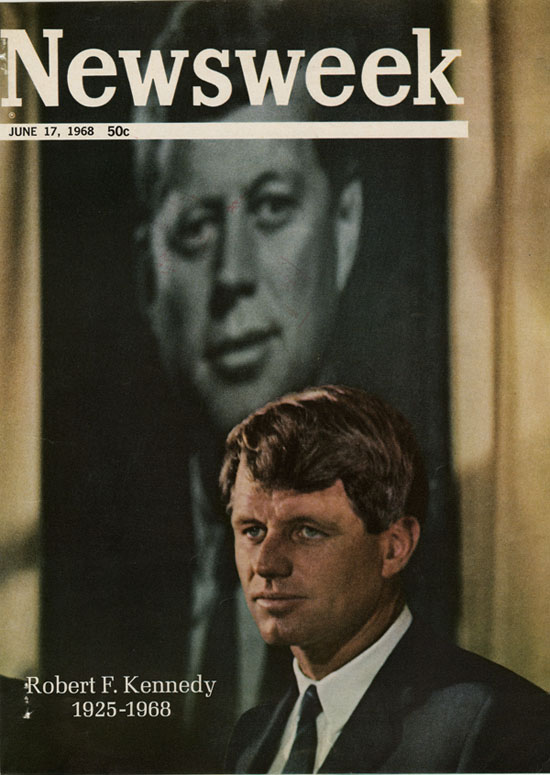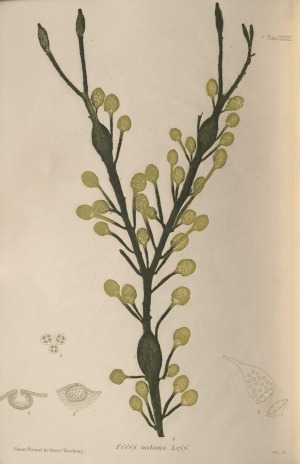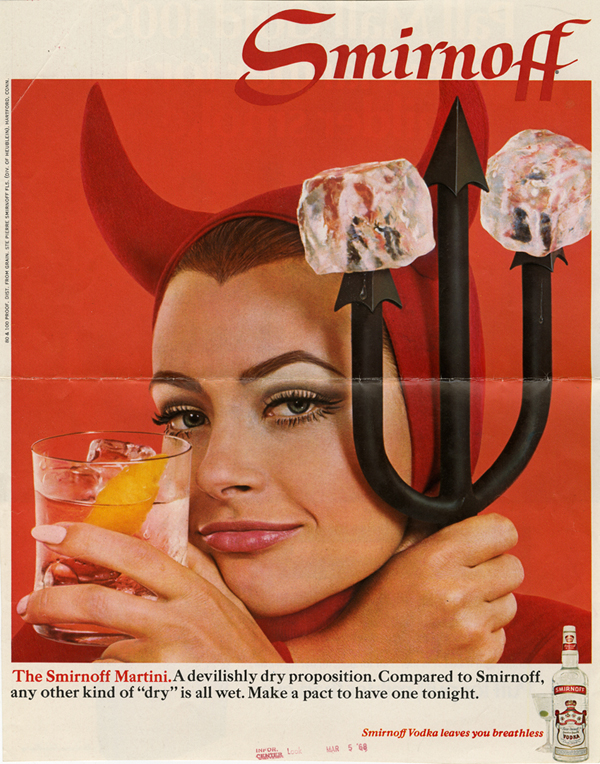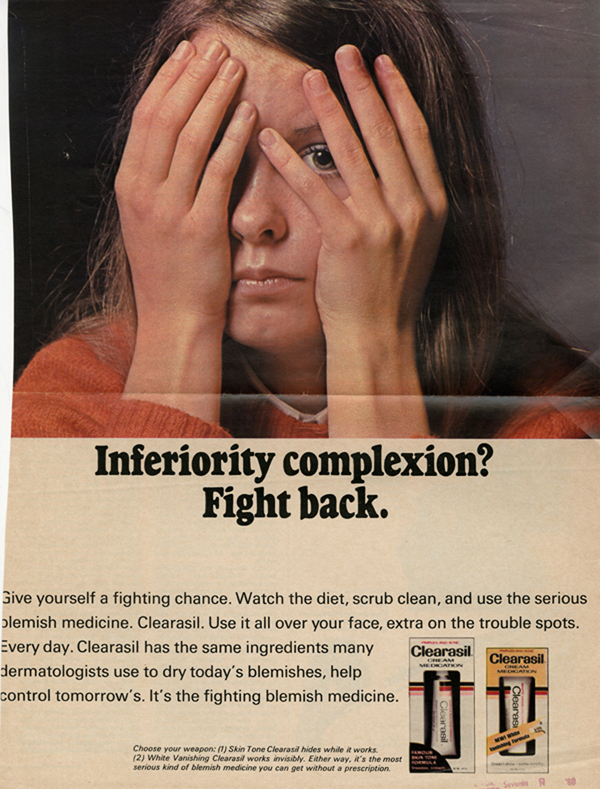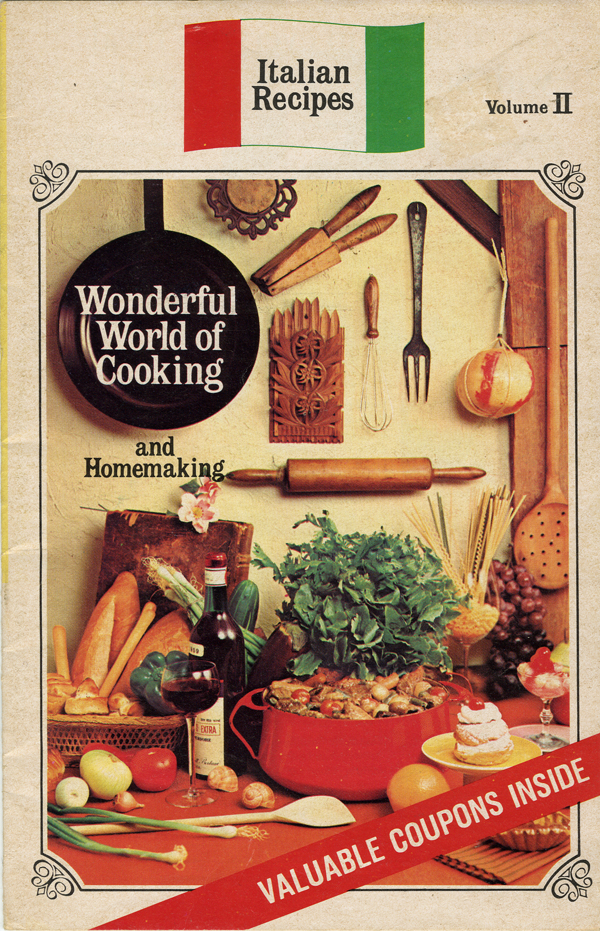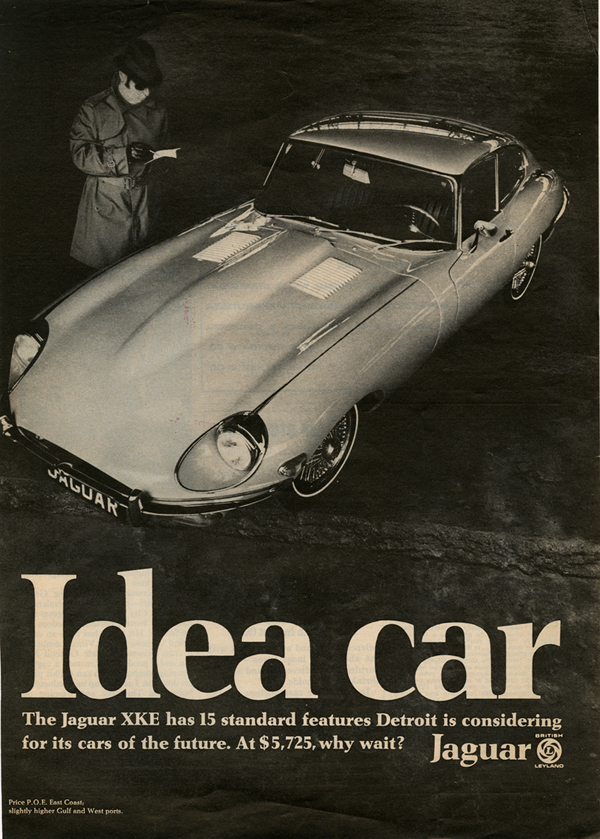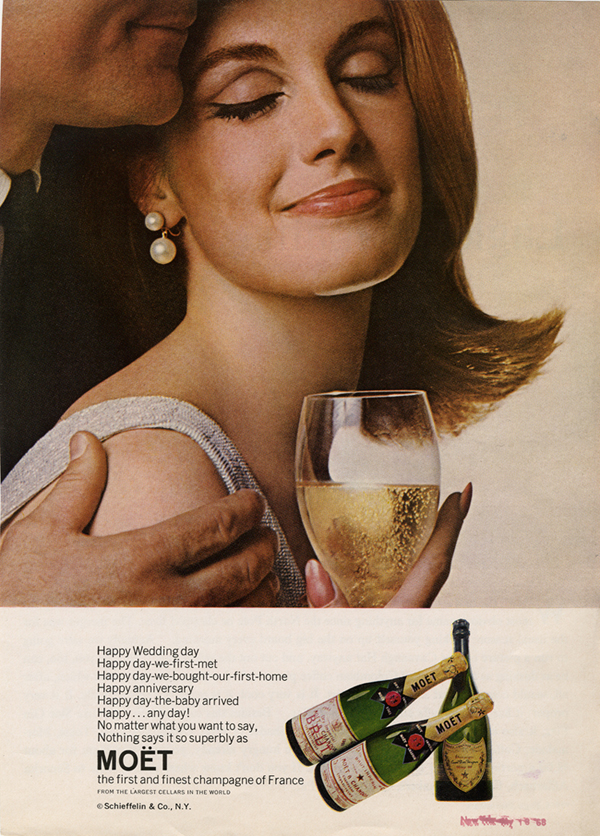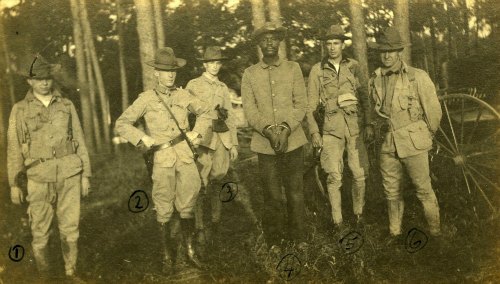Date: Thursday, May 23, 2013
Time: 1:00 PM
Location: Perkins Library, Room 217 (Click for Map)
Contact Information: Kirston Johnson, 919-681-7963, kirston.johnson@duke.edu
Please join us for a conversation with internationally renowned photographer Lynn Saville on Thursday, May 23rd from 1:00 until 2:00pm in Perkins Library Room 217. Lynn will discuss her latest project, “Vacancy: The Disquieting Beauty of Emptiness,” which focuses on New York City and the strikingly beautiful visual effects of economic turmoil.
Fine-art and documentary photographer Lynn Saville was educated at Duke University and Pratt Institute. Saville specializes in photographing both cities and rural settings at twilight and dawn, or as she describes it, “the boundary times between night and day.”

Lynn Saville has received numerous awards and grants and her photographs are published in two monographs: Acquainted With the Night (Rizzoli, 1997) and Night/Shift (Random House/Moncelli, 2009). Her work is represented by the Yancey Richardson Gallery in New York and her prints are included in numerous permanent collections, including the Los Angeles County Museum of Art, the George Eastman House, the Museum of Fine Arts in Houston, the International Museum of Photography, the Archive of Documentary Arts at Duke University, and many others. She lives in New York City with her husband, the poet Philip Fried.
This event is free and open to the public.





